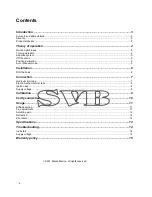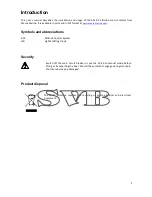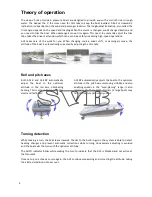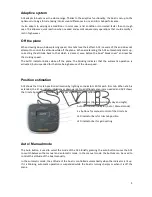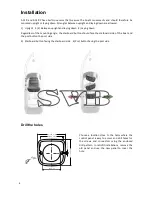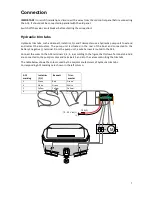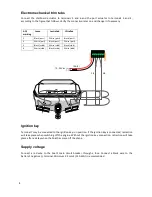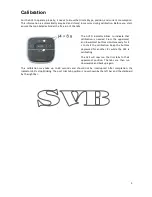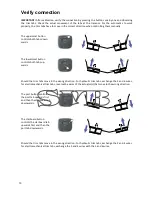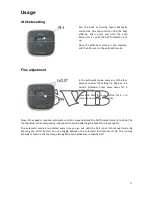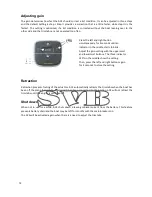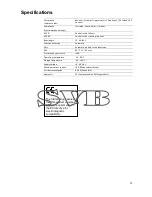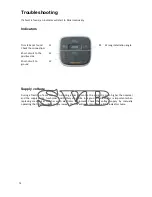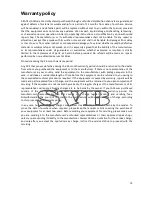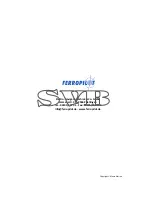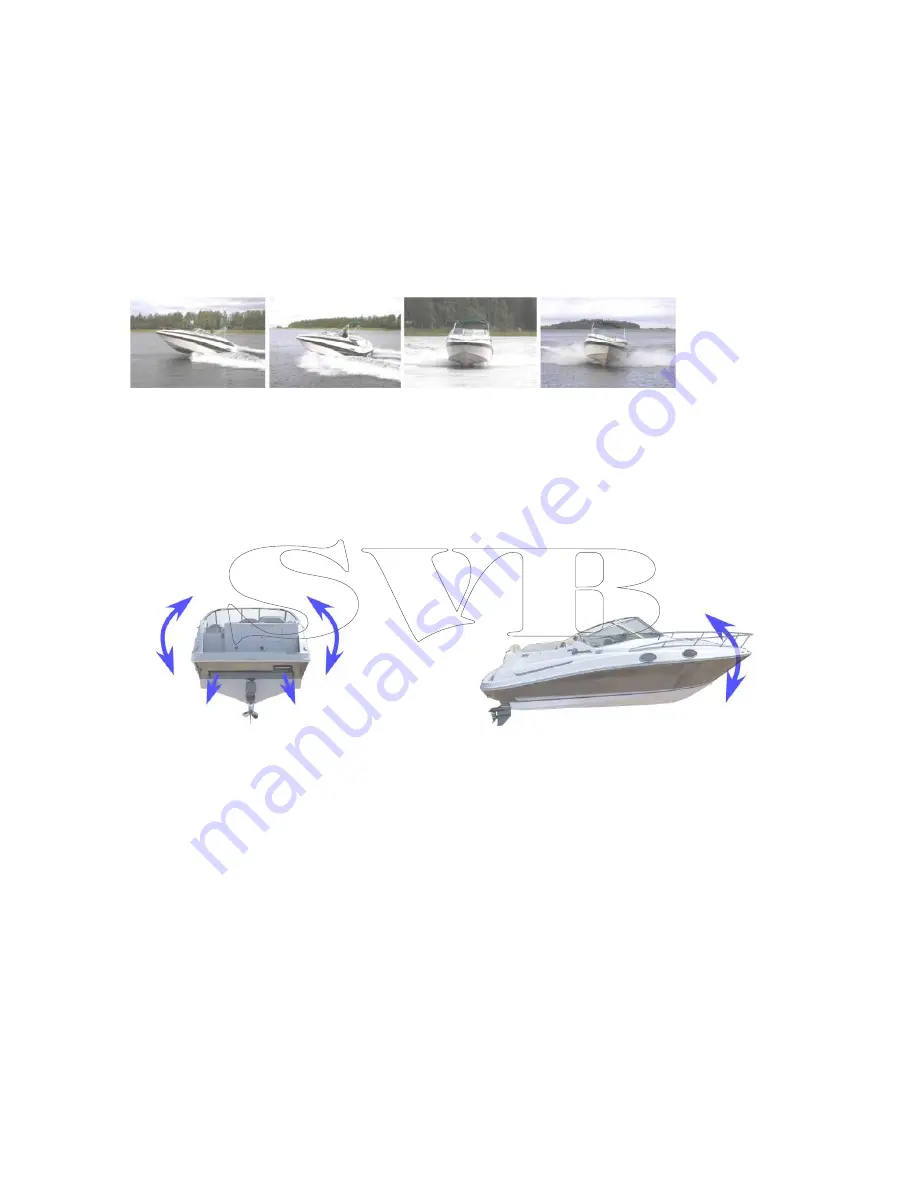
4
Theory of operation
The deep-V hulls of modern pleasure boats are designed to provide you with a smooth ride in rough
water. The deeper the V, the more need for trim tabs to keep the boat levelled. A Roll or sideward’s
inclination is dependent on the wind and passenger location. The longitudinal inclination, also called the
trim angle, depends on the speed and loading. When the course is changed, winds change direction and
you need to trim the boat. When passengers move, trim again. This need, to constantly adjust the trim
tabs, takes the driver’s attention, which can even be a safety risk during high-speed operations.
ACS takes care of the work for you. When changing course, winds shift, or passengers move, the
attitude of the boat is automatically corrected by adjusting the trim tabs.
Roll and pitch axes
Both ACS R and ACS RP automatically
adjust the boat to the optimum
attitude in the roll axis, eliminating
heeling. This is especially important for
small and fast boats.
ACS RP automatically adjusts the boat to the optimum
attitude in the pitch axis, improving visibility and also
enabling speeds in the “semi-planing” range. It also
improves the “hole shot”. Owners of large boats may
find this feature particularly useful.
Turning detection
While making a turn, the boat leans inwards. Thanks to the built-in gyros, the system is able to detect
heading changes and prevent automatic corrections while turning. Unnecessary adjusting is avoided
and the boat exits the turn with the optimum attitude.
The AUTO indicator blinks while making the turn to indicate that the ACS is blocked and not active at
that moment.
Once set up on a steady course again, the ACS continues measuring and correcting the attitude, taking
the altered conditions into account.


